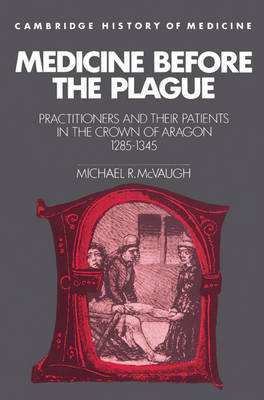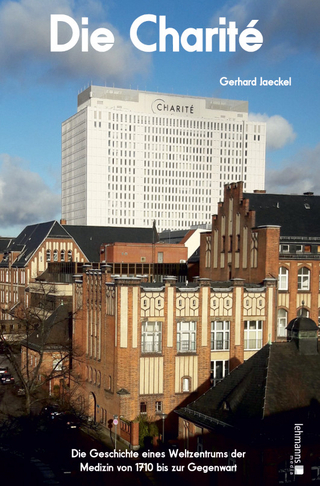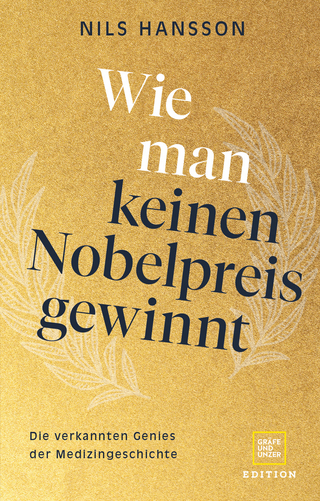
Medicine before the Plague
Practitioners and their Patients in the Crown of Aragon, 1285–1345
Seiten
2002
Cambridge University Press (Verlag)
978-0-521-52454-4 (ISBN)
Cambridge University Press (Verlag)
978-0-521-52454-4 (ISBN)
This book describes the medical world of the early fourteenth century through a study of the extensive archival material and contemporary writings which exist for eastern Spain in the decades before the Black Death. It brings together the world of medical thought and the actual world shared by patients and practitioners.
This book describes the medical world of the early fourteenth century through a study of the extensive archival material and contemporary writings which exist for eastern Spain in the decades before the Black Death. It describes the range of medical practice which then existed - a continuum ranging from scattered academic physicians to barbers and empirics - and gives evidence for the levels and numerical growth of these various occupations in early fourteenth-century communities (although it also emphasizes that occupational distinctions were not yet sharply drawn). The newly translated Greco-Arabic medical learning was beginning to spread through this continuum of practice, and the book argues that public enthusiasm for the new learned medicine led to the 'medicalization' of certain social and legal institutions, thus preparing a role for a medical profession in this society before its physicians had shown any consciousness of collective self-interest and identity.
This book describes the medical world of the early fourteenth century through a study of the extensive archival material and contemporary writings which exist for eastern Spain in the decades before the Black Death. It describes the range of medical practice which then existed - a continuum ranging from scattered academic physicians to barbers and empirics - and gives evidence for the levels and numerical growth of these various occupations in early fourteenth-century communities (although it also emphasizes that occupational distinctions were not yet sharply drawn). The newly translated Greco-Arabic medical learning was beginning to spread through this continuum of practice, and the book argues that public enthusiasm for the new learned medicine led to the 'medicalization' of certain social and legal institutions, thus preparing a role for a medical profession in this society before its physicians had shown any consciousness of collective self-interest and identity.
List of tables; Preface; List of abbreviations; Introduction; 1. The medical history of a royal family; 2. Medieval health manpower; 3. The success of medical learning; 4. A spectrum of practice; 5. The response to illness and the maintenance of health; 6. Patient-practitioner relationships; 7. Medicine's social role; Conclusion; Appendix; Bibliography; Index.
| Erscheint lt. Verlag | 11.7.2002 |
|---|---|
| Reihe/Serie | Cambridge Studies in the History of Medicine |
| Zusatzinfo | Worked examples or Exercises |
| Verlagsort | Cambridge |
| Sprache | englisch |
| Maße | 155 x 230 mm |
| Gewicht | 485 g |
| Themenwelt | Studium ► Querschnittsbereiche ► Geschichte / Ethik der Medizin |
| ISBN-10 | 0-521-52454-7 / 0521524547 |
| ISBN-13 | 978-0-521-52454-4 / 9780521524544 |
| Zustand | Neuware |
| Informationen gemäß Produktsicherheitsverordnung (GPSR) | |
| Haben Sie eine Frage zum Produkt? |
Mehr entdecken
aus dem Bereich
aus dem Bereich
Die Geschichte eines Weltzentrums der Medizin von 1710 bis zur …
Buch | Softcover (2021)
Lehmanns Media (Verlag)
17,95 €
von der Antike bis zur Gegenwart
Buch | Softcover (2024)
C.H.Beck (Verlag)
12,00 €


